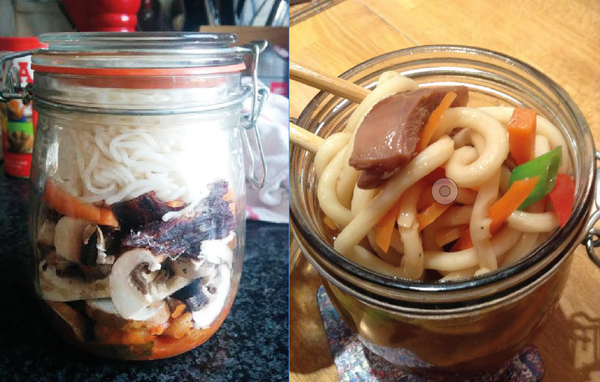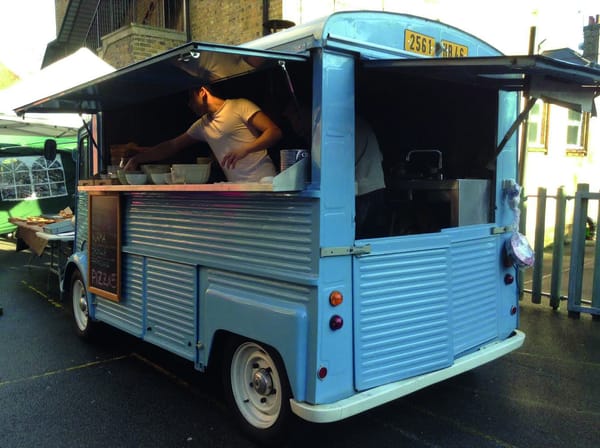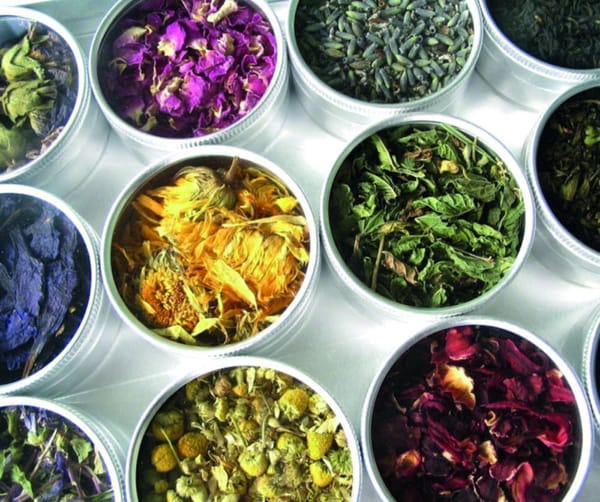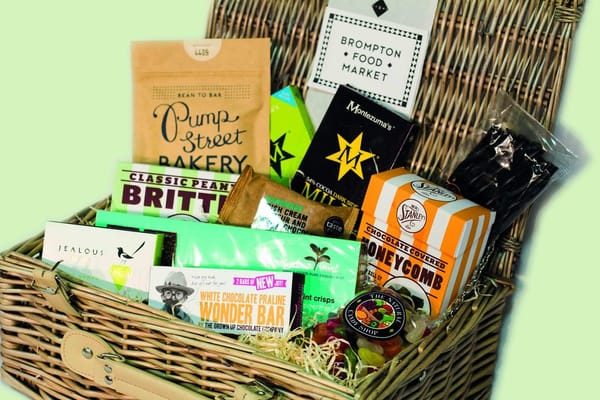How to cook meat
Reverse-searing is the the most impressive way to cook a steak on a student budget
The next time you get the family come to London and take you out for a meal, pause for a second before you order the steak. I mean, fine, it’s not your credit card, and it’s typically the most expensive item on the menu, so surely you’re getting your money’s worth? You certainly wouldn’t pay that much when you go out on a cheeky date to Nando’s, but that’s different; this is a time to treat yourself. It’s not like you’re missing out on anything else on the menu – who really knows what half of it is anyhow? Foams, airs, deconstructions: all are meaningless when you know exactly how juicy, meaty and delicious that steak will be. It’s a safe choice. But, ask yourself - what am I really getting that I can’t do myself?
Just like at the wine tasting your friend at Durham took you to
Is it the meat? Well, maybe. Kitchens have access to some better quality meat than you might pick up from many of the lower end shelves (and sorry, but Tesco’s Finest doesn’t really cut it), but lots of the meat counters at many a supermarket now stock some very good meat: dry aged, well marbled, and cut properly. And free range, higher welfare chicken is now standard, along with Welsh lamb and heritage pork. Fine, it’s not the cheapest by far, but I’m rooting for quality over quantity.
Is it the accompaniments? Perhaps the lack of sauce Béarnaise is what’s held you back last year, so it’s only fair to treat yourself to that, the triple cooked chips, and a token rocket salad.
Or is it actually the skill – the fact that you just get to sit there, idly swirling your Chianti (just like at the wine tasting your friend at Durham took you to) and chatting about the latest batch of freshers, whilst pointedly avoiding all conversation about your own degree, before a steak appears, cooked just the way you like it. Of course, that’s medium rare; you have to show yourself off as a real connoisseur in front of your parents, so they see how well you’re maturing at uni. Besides, it’s how he orders it on Man vs Food, so it must be the best way, right?
It’s how he orders it on Man vs Food, so it must be the best way, right?
Let’s cut to the chase: you’re ordering it because you hate cooking expensive cuts of meat at home. I used to. Spending £10 on a nice steak, only to have a crisis moment when it comes to actually cooking the beast. But let’s break it down, and dispel a few myths along the way. This isn’t my own investigation – far from it, it comes from the chefs I’ve worked with, as well as some of the excellent literature available online that explores the world of scientific cooking.
How do you take it?
For a start, what do we mean when we say “medium rare” so proudly to the waiter – as if they insult you for assuming you might have it any other way?! Well, as a scientific institution, we should take an objective stance – medium rare is 57°C. Nothing to do with how it feels compared to the palm of your hand, or anything to do with how long you cooked it for on one side, or even if you brought it out of the fridge an hour before cooking – this is simple fact, temperature determines doneness. So how do you tell?
Well, spend £12 on Amazon, and you can get a digital instant meat thermometer. Basically a metal probe with a thermocouple inside, it takes a reading in seconds, and you get to know exactly when your meat is just so. 53°C for rare, 65°C for medium (for beef at least. All the other temperatures you can find online). Life is so much easier now!
Is this thing on?
But how do you get to that lovely temperature? Is it all about the white hot coals in a disposable barbecue, or maybe the lovingly passed down cast iron pan from gran? Again, let’s have a think.
Unless you’re dealing with very cheap steaks, yours should be a nice, thick cut piece of meat, and I’m talking 1 inch at the very least! It’s why meat counters tend to be better for them: you can get them cut to size. Cooking for one? Ask for a thick piece from the scrag end, and get a slightly narrower cut. Stay at home date? Share a steak. You just want a nice thick piece of meat in your mouth at the end of the day. I mean, who doesn’t?
But, with the laws of thermodynamics (which, as a Biochemistry student, I’m not going to attempt to understand) in mind, having a flaming hot grill is the worst thing we can do. By the time the heat has spread through the steak, and you’ve taken your careful temperature reading, the outside will resemble the charcoal you’re cooking over – well past the golden brown caramelised sear we want. So you switch to the pan, and again, it’s just too hot! There will be a nice grey band of overcooked meat around the edge, with a tinge of pink in the centre. Fine, you can labour over it for hours with a lot of butter, patience and constant (every 30 seconds) flipping, but that’s far too much work for a busy student, right?
Naturally, you can do all sorts of things: leaving the meat out to get to room temperature (which actually takes well over 4 hrs, not exactly speedy), only flipping it once (how could that ever help even heating?) and a myriad other supposed tricks to get your meat to cook better, very few of which have any sort of scientific grounding, and even fewer of which work.
Let’s get technical
So, let’s rewind: how to get something to that perfect temperature? Well, if I was to run an experiment in the lab, I’d use a water bath, which is exactly what many modern chefs have turned to, in the form of sous-vide cooking. But the gadgetry is far too much money – we’re looking to use the minimums supplied in student halls.
Why not instead of using water, using air as your cooking medium? That’s how a regular oven works, and so that’s the secret: cook your steaks, and all your nice thick cuts of meat, in the oven first. But not too hot – you’re going to have the oven set at the lowest it can go (most should do about 100°C, but the lower you can go the better), so that the meat warms up slowly. It can take up to 2 hours for a particularly thick steak, but in that time, you can be doing anything. Just check it after half an hour and watch as the temperature rises. It couldn’t be simpler than that!
Sear it up
Now that you’ve taken your perfectly cooked steak out of the oven, you could just dive in – but it hasn’t got any of that beautiful crust. That’s ok – fire up that grill or heat a pan on the hob until it smokes when oil is added, and quickly brown the outside of the steak, flipping regularly so you don’t burn any spots. Or put it under the hottest grill your oven can manage, and watch it carefully. Now, that’s how meat should be. You’ve just completed your first reverse sear! Named as such because unlike normally, the sear came last.
The above also applies to chops of all kinds, whole and jointed fowl, and large roasts – slow, low heat to bring up to temperature followed by a brief trip to hell to crisp. Take your pick of meat, and enjoy!









